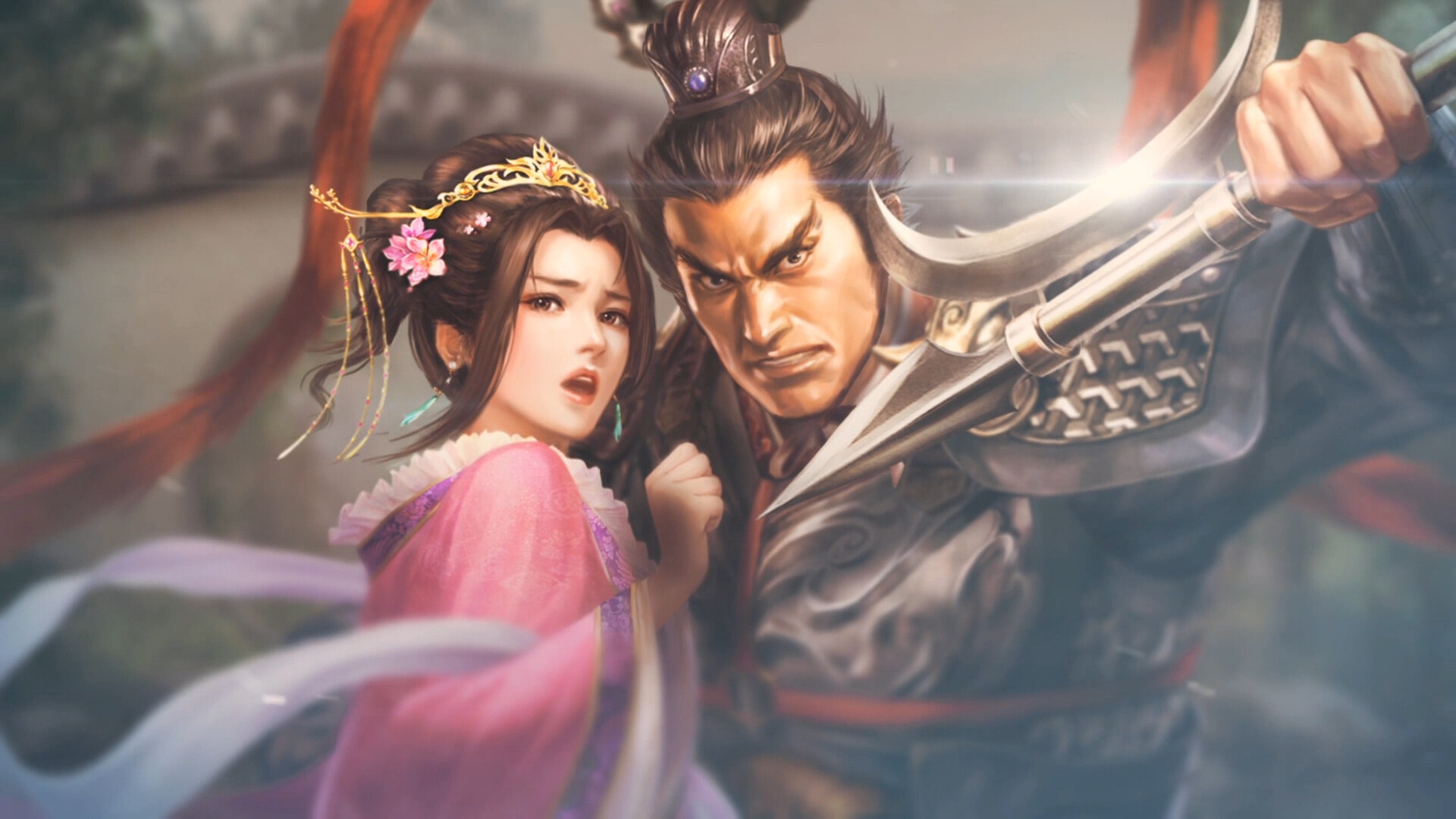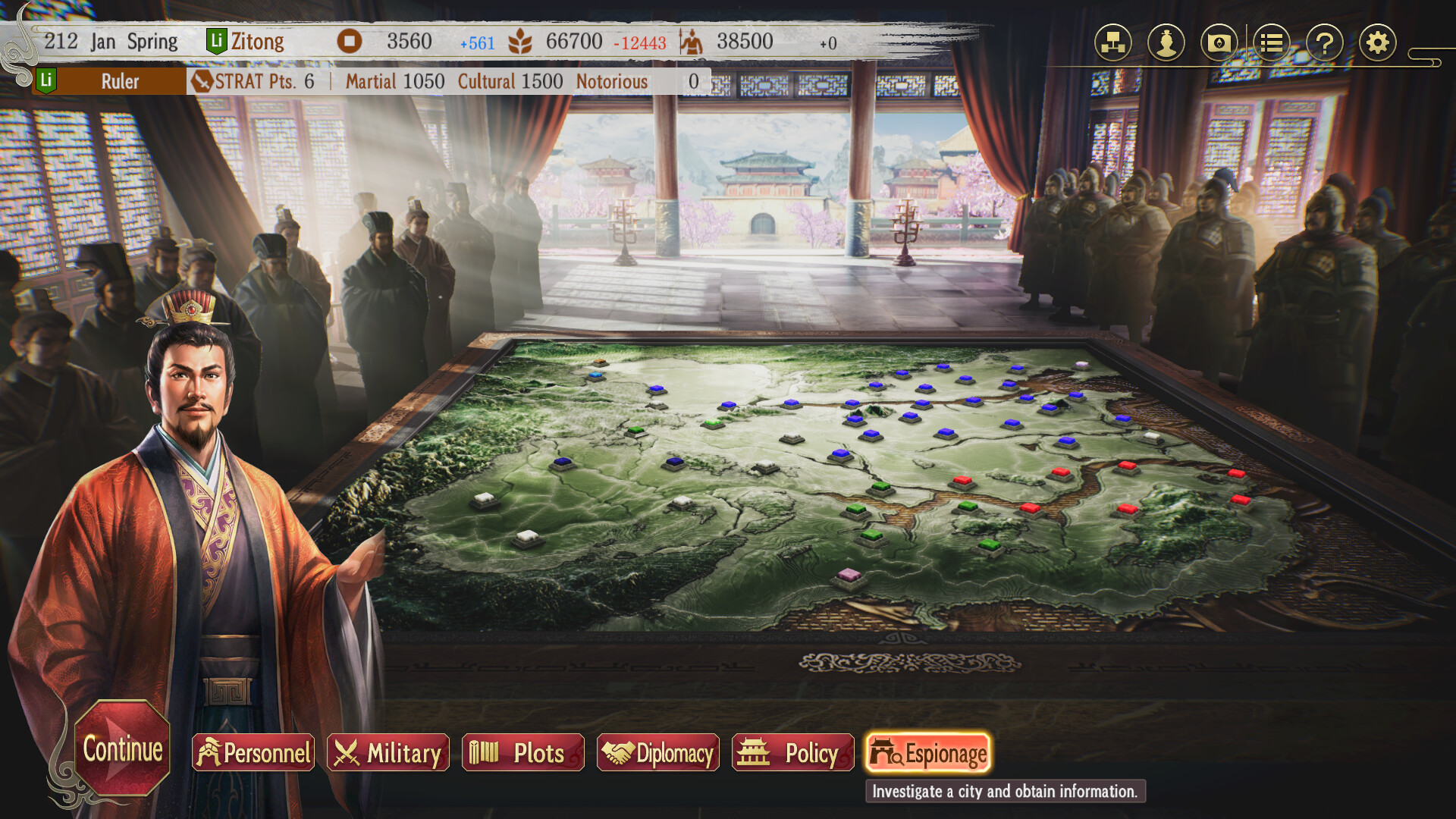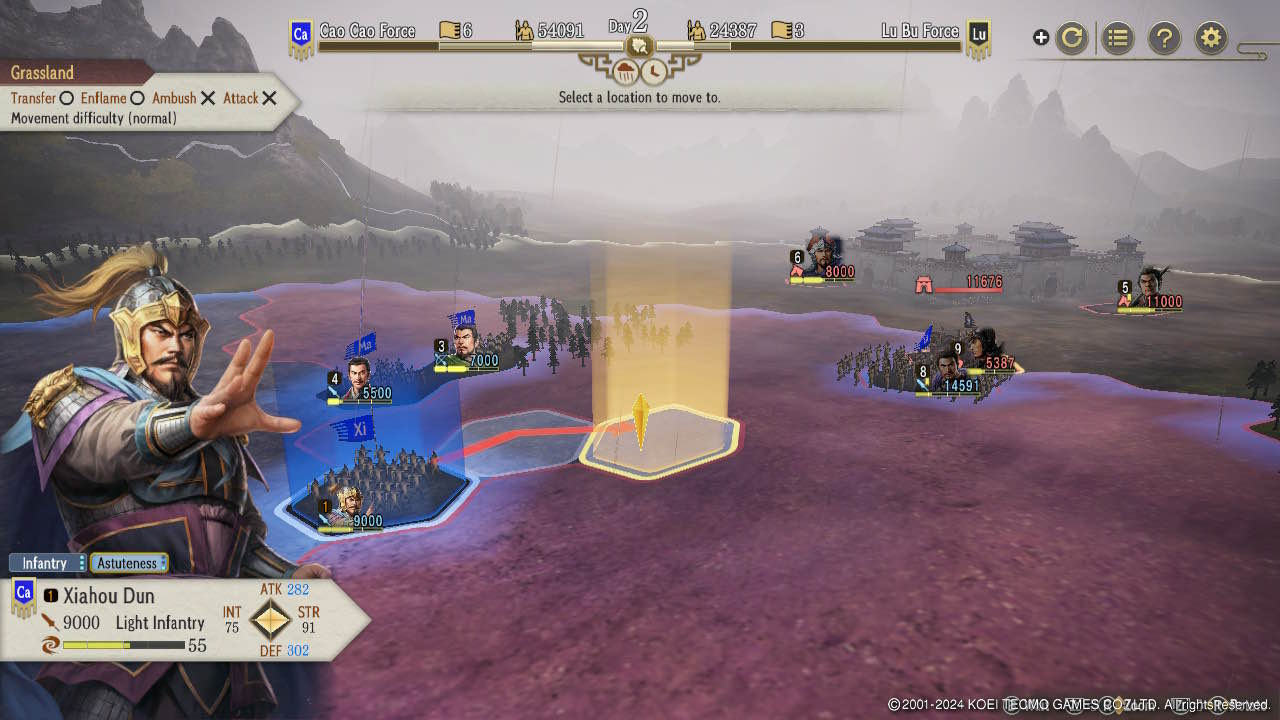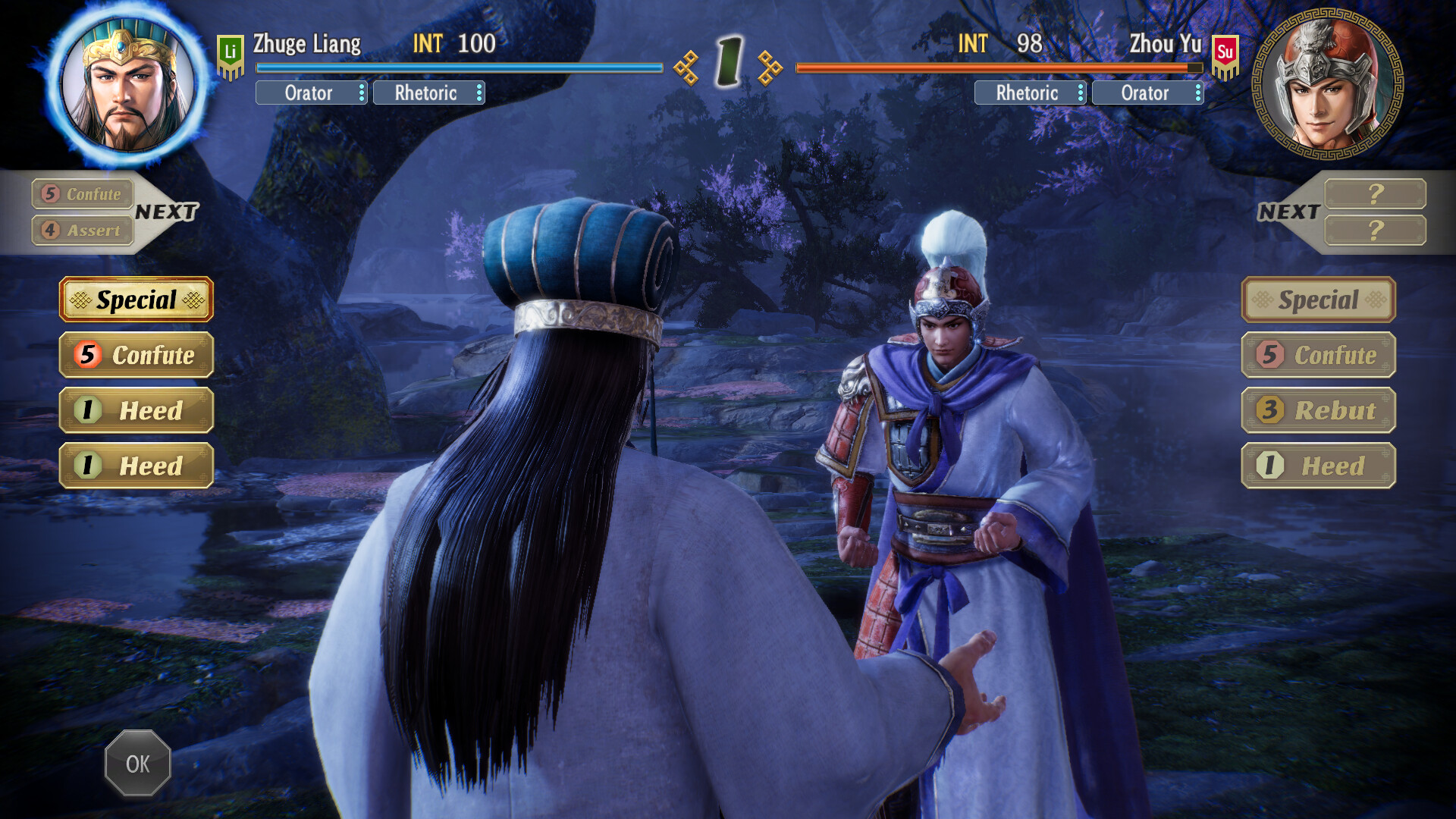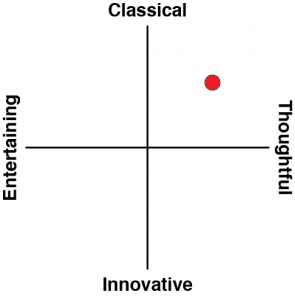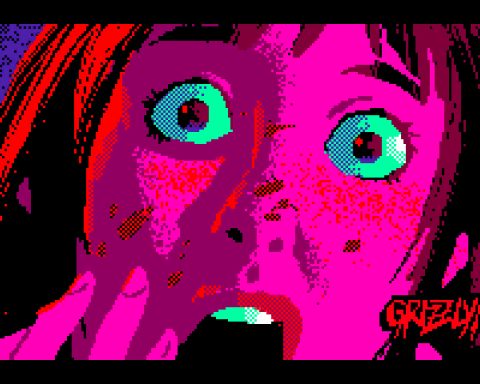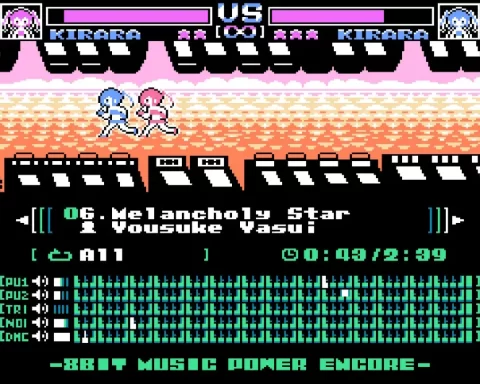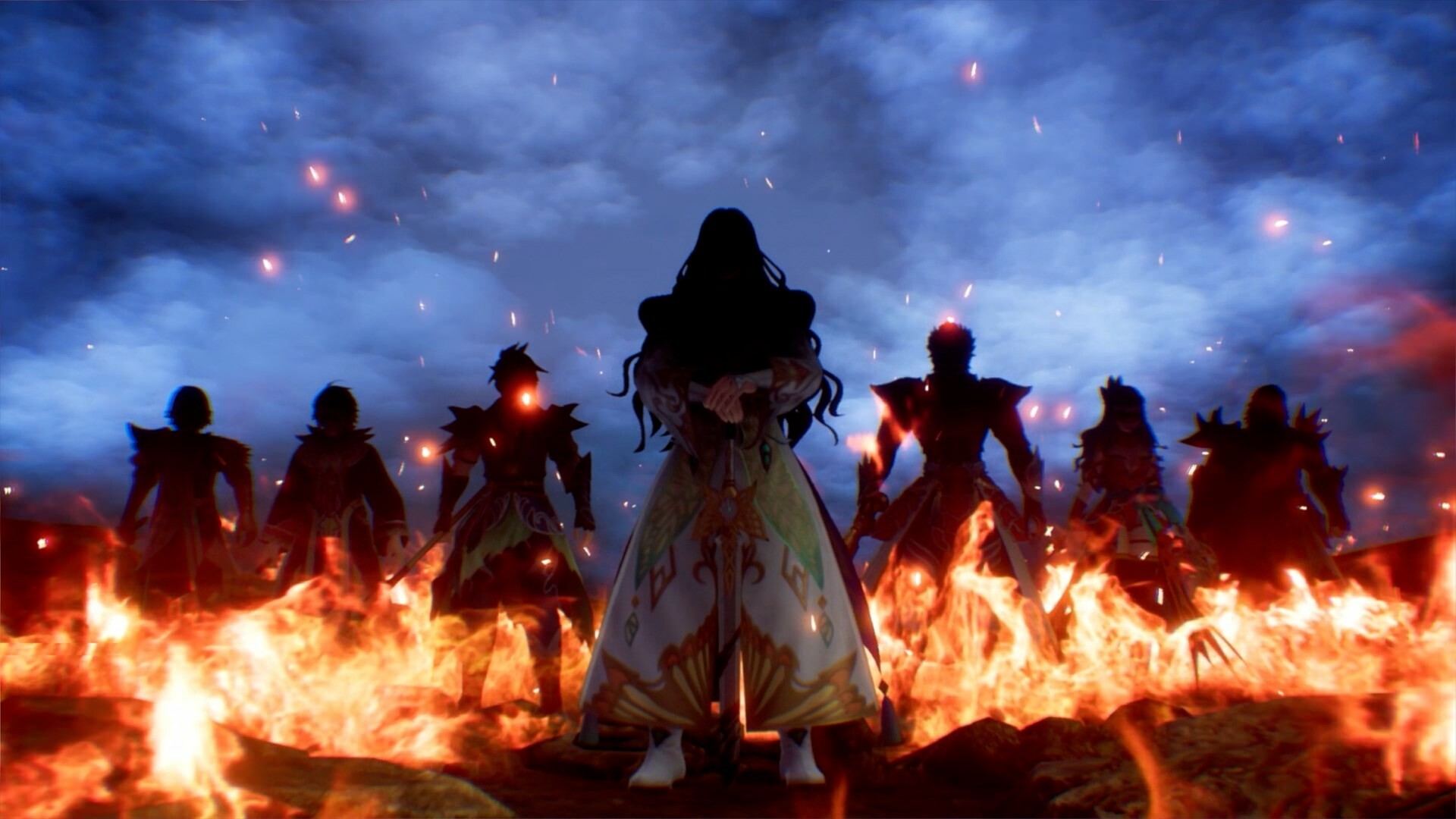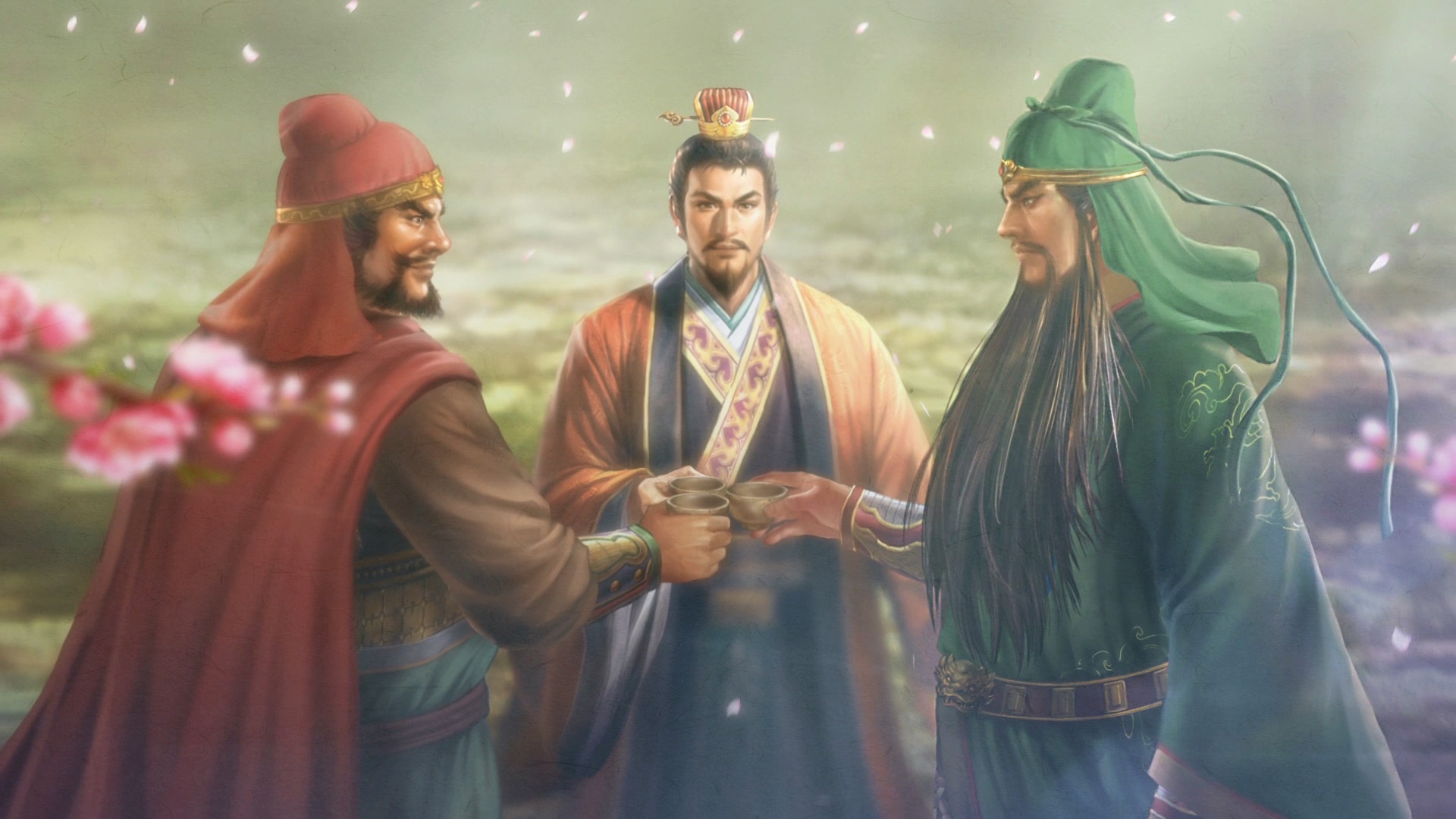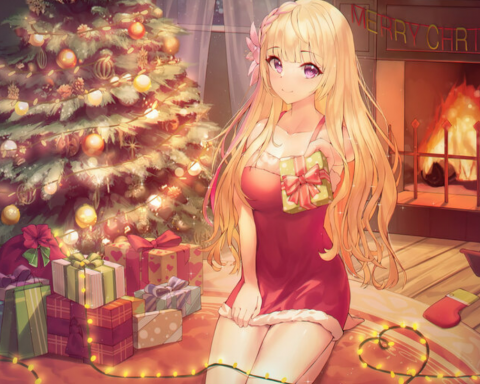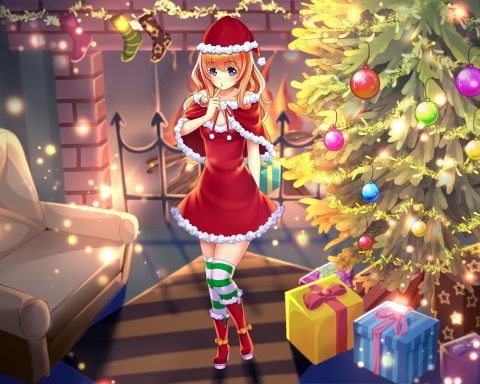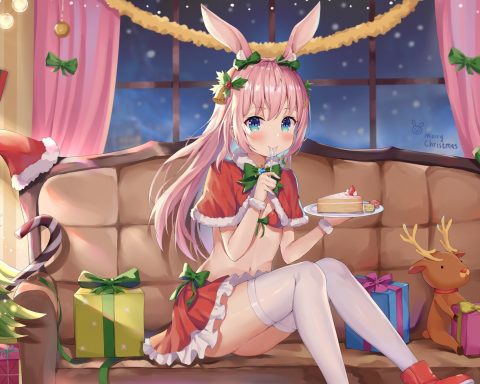Remaking strategy games comes across as an odd decision, because strategy games are principally defined and remembered through their mechanics, and that is something that typically improves over time. Take Civilization 2 as an example. It’s my single favourite strategy game of all time, but it would be downright strange if Firaxis were to remake it. Sure, the art team could make it look modern, but if the programmers messed with the mechanics too much it would no longer be Civilization 2. Yet leaving the mechanics as they are would mean that Firaxis was releasing something far more primitive than Civilization 6. Therefore, we don’t have a remake of Civilization 2 – it would be an illogical project.
Related reading: Our interview with the Koei Tecmo producer.
Remakes have their role to play in giving people the opportunity to experience a beloved narrative in greater visual fidelity (or in 3D). For RPGs, adventure games, and other narrative-driven experiences they make sense. But for other genres, like strategy and sports games, I see the justification for a remake over a new iteration to be less certain.
This all brings us to the remake of Romance of the Three Kingdoms 8. The original game was released around 20 years ago and there have been six newer iterations of RoTK released since. I’m not sure why Koei Tecmo chose this particular entry to remake, but while its existence confuses me, in fairness it is a very good game.
To very quickly break it down, there are three major “phases” to the gameplay in Romance of the Three Kingdoms 8, which account for the bulk of the strategic, tactical and management actions that you’ll be taking. The first of these is the “Parliament” phase. Here you issue orders that affect your entire kingdom and those around you. It’s where you send your allies on missions to woo, spy, or undermine your neighbours. It’s also where you make declarations of war and invade rival territories.
Parliament sits once every three months of in-game time. The second phase is where you get to indulge the micromanager in you. It’s the “city” phase, which happens each month. Here you’ll be dedicating funds to build up your city’s economy, food production, turning ambivalent or even hostile generals to your cause, and so on. This is where you’ll be spending the bulk of your time, so enjoy the pretty art that has been drawn for it.
Finally, there are the battles. Romance of the Three Kingdoms 8 uses a turn-based combat system and has an exceptional set of tactical nuances behind it. Your performance in battle can be enhanced by working with an ally that you have a particularly close relationship with. There’s also a staggering range of skills that the various generals can learn, which helps to keep each battle dynamic and ensure that the force with the bigger numbers isn’t always going to be the victor. You can even set up ambushes and mess with your opponent’s morale. Koei Tecmo has kept this combat system the same as the originals, but improved the pacing of it so it doesn’t drag.
The single biggest feature that has been added to the game is the “Tales” feature. This is essentially story time. As you play and complete objectives, you unlock little “visual novel” sequences that run through key events of the book and highlight the various relationships between the characters. The writing is efficient to the point that a lot of the texture of the actual stories from the game is lost, but if you’re familiar with the stories then you can easily fill in the blanks yourself and enjoy the gorgeous art (particularly how beautifully they’ve drawn Diaochan).
Related reading: Our review of Romance of the Three Kingdoms XIV, also available on Switch.
Whether you care about the narrative or not, though, you’ll want to run through these stories and use them as something of a “mission list”, because there are substantial benefits for triggering them and ticking them off. Mechanically this is useful to newer players in particular, as it will help them to understand what they should focus on at any given point in time, in a strategy game where the depth of the mechanics could otherwise become overwhelming quickly.
There are some more esoteric features, that are exceptionally relevant to the Romance of the Three Kingdoms book, but something of an oddity within the context of a strategy game. The ability to hold “debates” with other characters is the big one. These play out as a kind of card game and do highlight how many of the generals within Romance of the Three Kingdoms were celebrated as much for their culture, poetry and social etiquette as their combat ability. There’s also a full relationship chart system that catalogues each general’s allies and rivalries, and can significantly affect how your story plays out – you need to be exceedingly careful to focus as much on making friends as enemies. Given that there are over 1,000 officers in the game, there’s plenty of scope to try different things and see if you can alter the course of history, too.
It’s actually possible to play as any of those officers, too. The experience is also significantly different if you decide to play as one of the great generals than as a lowly vagabond with nowhere to call their own. I personally stuck with the generals, because I like the full strategic experience with the goal of nation-building. However, that’s just me, many others will prefer starting out as a lowly officer, doing their bit for the greater cause and slowly building up a reputation and forces to the point that they start to exert major influence around them – there’s a lot of emergent storytelling in that and it has been a perpetually popular option within Romance of the Three Kingdoms. It works exactly as well as could be expected here.
The only downside to this remake is the presentation of it. The art is absolutely gorgeous – particularly the character art – however it’s also a very static game and you’re going to be spending most of your time looking at either a town with a bunch of menu items, or a map of China with a bunch of menu items. The one break from that – the combat – is the least visually impressive part of the game. Romance of the Three Kingdoms has gone far in more recent iterations to move away from its spreadsheet roots, and as pretty as the art assets are, the remake is a reminder of that.
Nevertheless, Romance of the Three Kingdoms 8 has a lot going for it. Thanks to the “Tales” feature it’s possibly the most accessible RoTK game to date, easing players in by giving them a clear set of targets to prioritise. Once you’re comfortable with that the depth of strategy and a staggering array of ways to play make for a deep experience with dozens upon dozens of historical play. I still find it odd that Koei Tecmo decided to remake this game, but ultimately I’m glad that it happened.
